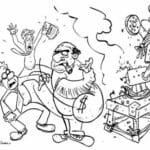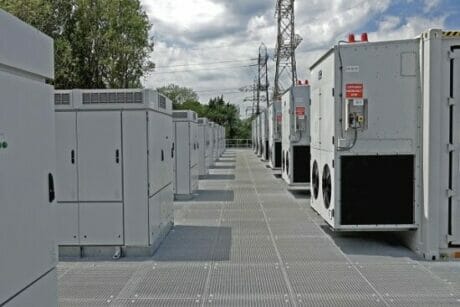No products in the cart.
4
- Course No E – 1778
- PDH Units: 4
Course No E - 1778
PDH Units: 4
4
- Course No E – 1778
- PDH Units: 4
Course No E - 1778
PDH Units: 4
Intended Audience: architects, building designers, electrical engineers, loss prevention professionals, contractors, civil estimators, HSE staff, facility managers and general audience.
PDH UNITS: 4
A key aspect of fire detection and alarm system is to identify a developing fire emergency in a timely manner, and to alert the building's occupants and fire emergency organizations. Depending on the anticipated fire scenario, building and use type, number of occupants and criticality of contents and mission, these systems can provide several main functions. First they provide a means to identify a developing fire either through manual or automatic means and second, they alert building occupants to a fire condition and the need to evacuate. The system can be designed to simultaneously alert the fire department or other emergency response organization by means of a direct or relayed alarm notification signals. In addition to the alarm function, fire alarm and detection systems can also actuate other fire safety measures in a building. The US Fire Administration says “Don't Forget the Smoke Alarms”. Even though fire sprinklers are effective life safety devices you still need smoke alarms. Some fires can begin as smoldering fires that produce smoke and gases but don't generate enough heat to activate the sprinklers. Smoke alarms are needed to provide warning for these situations.” This 4- hour course provides an overview of the major components which go to make up a fire alarm system. This course is aimed at students, architects, building designers, electrical engineers, loss prevention professionals, contractors, civil estimators, HSE staff, facility managers and general audience.
Learning Objectives
Upon completion of the course, the student should understand:- Understand the reasons for installing the fire alarm system;
- Learn the relevant design standards;
- Learn the various type of smoke & heat detectors;
- Understand the type of alarm technology to be used;
- Be able to select and position relevant system components;
- Understand the alarm notification arrangements (audible alarms, visual alerts and communication systems etc);
- Understand the auxiliary and emergency control features associated with fire alarm system;
- Review the design such as to - minimize the potential for false alarms;
- Learn few relevant definitions.
Course Reviews
4
4
2 ratings - 5 stars0
- 4 stars2
- 3 stars0
- 2 stars0
- 1 stars0
Once completed, your order and certificate of completion will be available in your profile when you’re logged in to the site.









Good overview.
This course provides a good overview of fire alarm and detection systems.